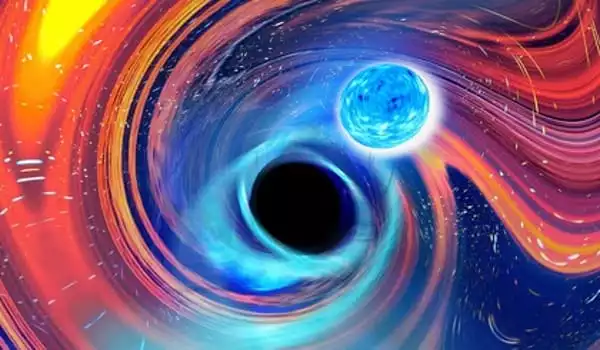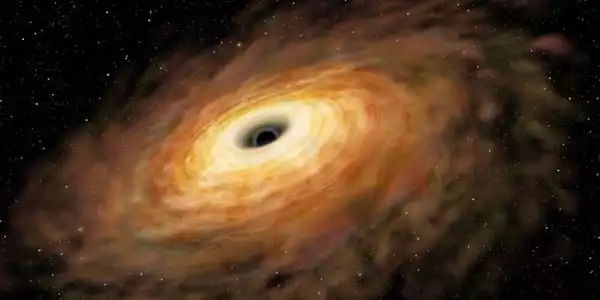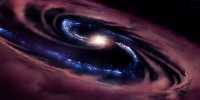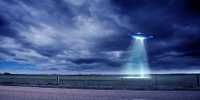Almost every galaxy has a supermassive black hole in its heart. Each of these celestial bodies has a mass that is millions, if not billions, of times that of our Sun. Their creation, however, remains a mystery. Astronomers have now discovered a single object that they believe is a precursor to a supermassive black hole. The item – designated GNz7q – was discovered in a galaxy from the very early cosmos, as reported in the journal Nature, using Hubble archival data, and scientists believe it might be the evolutionary “missing link” between star-forming galaxies and the earliest supermassive black holes.
Observations of the galaxy in the ultraviolet and infrared wavelengths suggest that a black hole is quickly forming inside it, with light going all the way back to 750 million years after the Big Bang. The discovery is a blessing. Astronomers have struggled to explain how such massive black holes could exist so early in the cosmos. So far, the most distant objects discovered are either galaxies with large rates of star creation, known as starburst galaxies, or galaxies with a very active supermassive black hole, known as quasars, which outshine the light of all its surrounding stars.

One of these starburst galaxies is GNz7q, but measurements indicate that its core black hole is preparing to take over in brightness and transform into a quasar. In a statement, lead author Seiji Fujimoto of the Niels Bohr Institute of the University of Copenhagen said, “Our analysis suggests that GNz7q is the first example of a rapidly growing black hole in the dusty core of a starburst galaxy at an epoch close to the earliest supermassive black hole known in the universe.”
“The features of the item across the electromagnetic spectrum are in great accord with theoretical modeling expectations.” The galaxy is creating stars at a pace of 1,600 solar masses each year, which is thousands of times faster than our own Milky Way galaxy. While it emits UV light, which is compatible with a disk of material accreting around a black hole – like a quasar – no X-ray emission has yet been seen. This is from the very center of an accretion disk. This indicates that the developing supermassive black hole is engulfed by dust and gas. Computer calculations anticipated rapidly expanding black holes in dusty early galaxies, but they hadn’t been spotted until recently.
This item might represent the missing connection between starburst galaxies and quasars, according to the researchers. “GNz7q establishes a direct link between these two unusual populations and opens up a new window into the fast evolution of supermassive black holes in the early cosmos,” Fujimoto added. “Our finding serves as a prelude to the supermassive black holes we see in subsequent epochs,” said the team.
The Great Observatories Origins Deep Survey-North combines Hubble images with data from a well-studied area (GOODS-North). The discovery of this item in old data hints that there may be more of similar things out there. “GNz7q is a one-of-a-kind finding that was discovered right in the middle of a well-studied sky field — it proves that important discoveries are frequently concealed right in front of your eyes,” said co-author Gabriel Brammer, also of the Niels Bohr Institute.
“It’s doubtful that finding GNz7q inside the relatively limited GOODS-North survey region was merely ‘chance,’ but rather that the occurrence of such sources may be far larger than previously anticipated.” The team now plans to use the JWST to investigate this object further once science activities commence in a few months.















